1. The Namaste
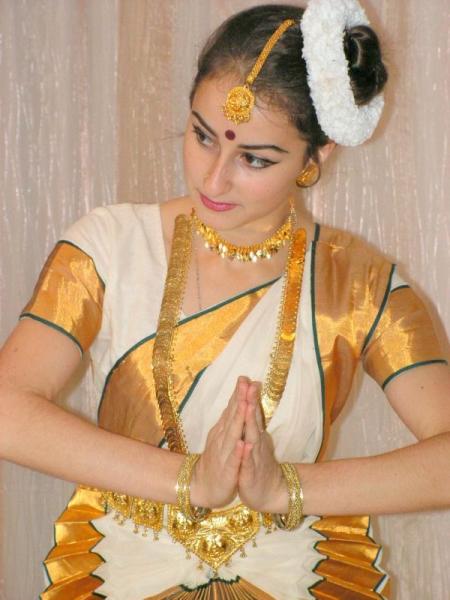
The Namaste is a standout amongst the most well known Indian traditions and isn't generally simply limited to the Indian region any longer. You have Barack Obama, who has been seen doing it on different events, or you had Ban Ki-moon, the UN Secretary-General, welcoming everybody with a Namaste at the Times' Square in New York on the principal International Yoga Day. Be that as it may, what's the centrality? The Namaste, or 'namaskar', or 'namaskaara' is one of the five types of customary welcome specified in the antiquated Hindu sacred writings, the Vedas. It truly makes an interpretation of to "I bow to you", and welcome each other with it is a method for saying "May our psyches meet", showed by the collapsed palms set before the chest. The word 'Nemaha' can likewise be interpreted as 'na mama' (not mine), to connote the decreases of one's inner self within the sight of the other.
2. The Science Behind Temples
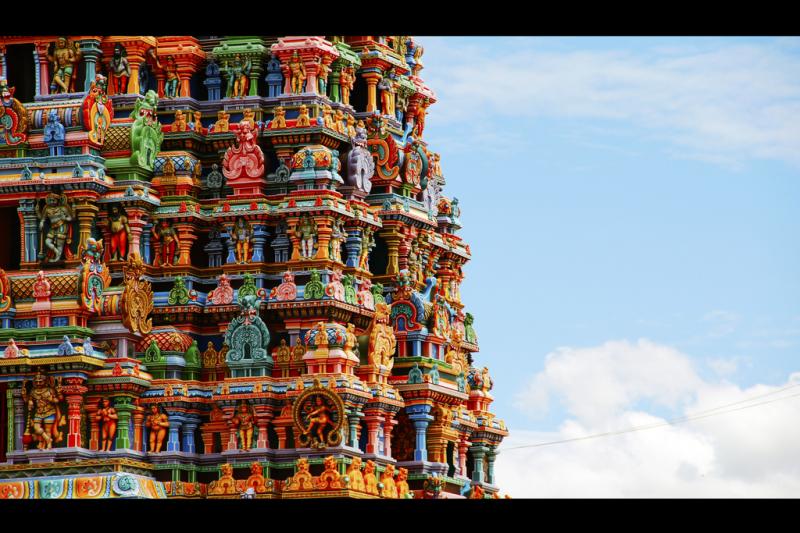
Most sanctuaries are situated along attractive wave lines of the earth, which help in amplifying the accessible positive vitality. The copper plate (called Garbhagriha or Moolasthan) covered under the principle icon assimilates and resounds this vitality to its environment. Heading off to the sanctuary regularly, helps in having a positive personality and collecting constructive energies, which thus prompt more advantageous working.
It is likewise a training to take off footwear before entering spots of love since they would get soil to a generally scrubbed and blessed condition.
3. Religious Symbols
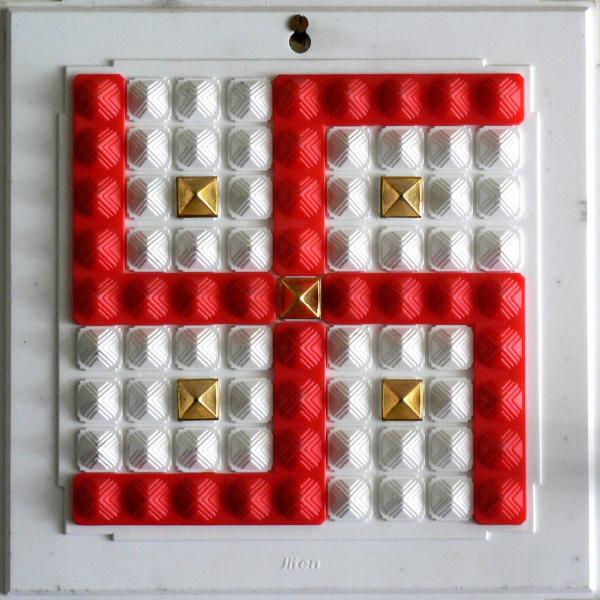
The Indian conventions and sacred texts contain different signs and images which have different implications. For instance, the use of the Swastika, in the Indian setting, does not point towards Adolf Hitler or Nazism. It really is the image of Lord Ganesha, the remover of snags. The arms of the Swastika have different implications. They connote the four Vedas, the four groups of stars, or the four fundamental points of human interest.
3. Atithi Devo Bhavah
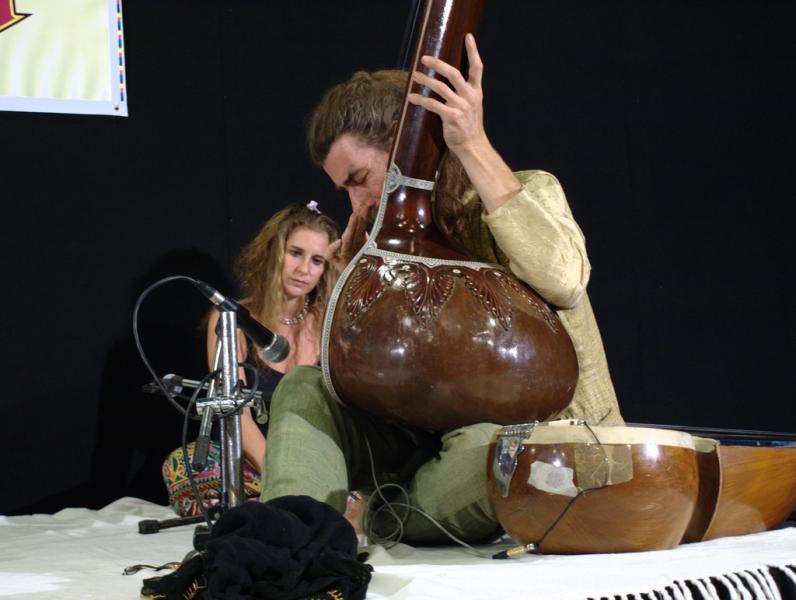
In India, the colloquialism "Atithi Devo Bhavah" is additionally basic. It signifies "the visitor is proportionate to god". It is a Sanskrit verse taken from the Hindu sacred texts which later turned into a piece of the "Implicit rules" for Hindu society, since the visitor has dependably been of incomparable significance in the way of life.
4. Continuously a Festive Season
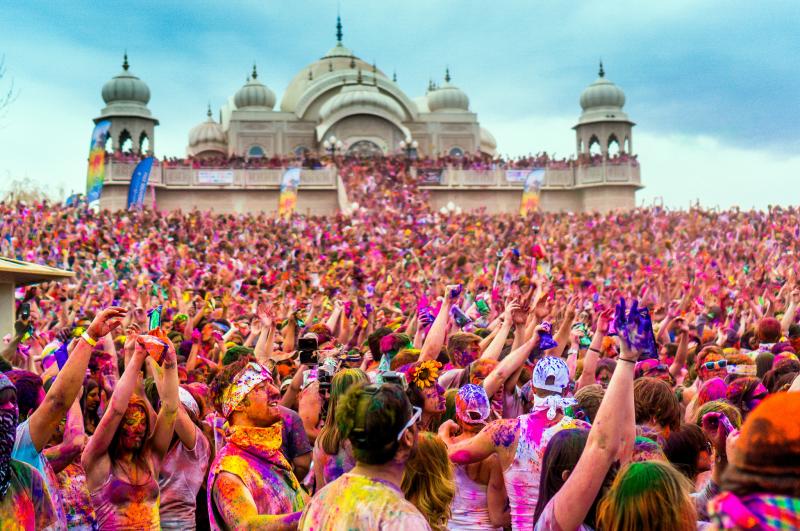
India additionally observes an expansive number of celebrations, predominantly in view of the pervasiveness of different religions and gatherings. The Muslims observe Eid, the Christians have Christmas, great Friday et cetera, the Sikhs have Baisakhi (reaping of product), and the birthday celebrations of their Gurus, and the Hindus have Diwali, Holi, Makar Sakranti, the Jains have Mahavir Jayanti, the Buddhists praise the Buddha's birthday on Buddha Poornima, and truly, the number is unending. These mean occasions in our book, obviously.
5. Joint Families
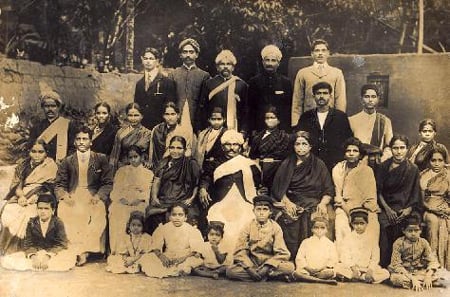
Likewise, in India, there exists the idea of a joint family, wherein the whole family (guardians, spouse, kids and sometimes relatives) all live respectively. This is for the most part a result of the durable idea of the Indian culture, and furthermore allegedly helps in taking care of weight and stress.
6. Indian Ethnic Wear
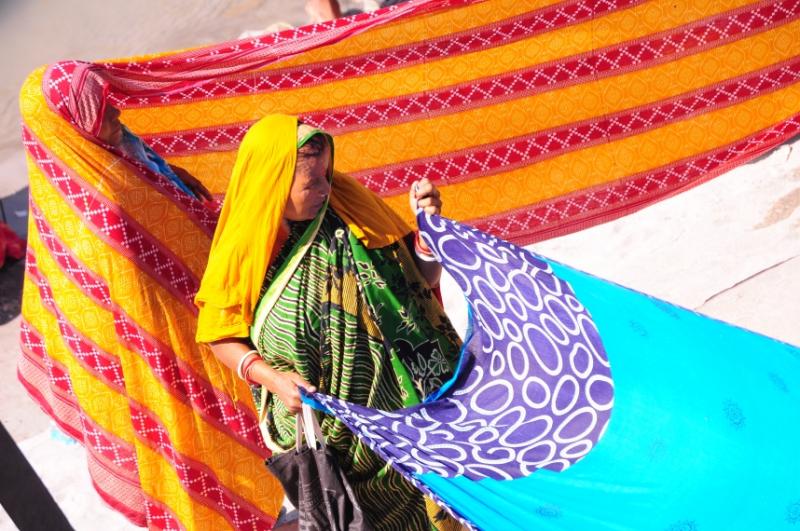
Indian ladies are regularly observed wearing 'saris'. The sari is a solitary fabric and needs no sewing, it is anything but difficult to make and agreeable to wear, and furthermore clings to religious manners. It at first began as a Hindu custom, yet has exquisitely spread over all religions. The same applies to the more practical 'Kurta-Pajama', and the stylized wear of 'Sherwani' for Indian men of all religions.
There exist a large number of customs in India, and many of them would leave pariahs rather inquisitive. Yet, the essence of Indian culture and convention has dependably been to be all around mannered, amenable, regard others, and advance together.

The Namaste is a standout amongst the most well known Indian traditions and isn't generally simply limited to the Indian region any longer. You have Barack Obama, who has been seen doing it on different events, or you had Ban Ki-moon, the UN Secretary-General, welcoming everybody with a Namaste at the Times' Square in New York on the principal International Yoga Day. Be that as it may, what's the centrality? The Namaste, or 'namaskar', or 'namaskaara' is one of the five types of customary welcome specified in the antiquated Hindu sacred writings, the Vedas. It truly makes an interpretation of to "I bow to you", and welcome each other with it is a method for saying "May our psyches meet", showed by the collapsed palms set before the chest. The word 'Nemaha' can likewise be interpreted as 'na mama' (not mine), to connote the decreases of one's inner self within the sight of the other.
2. The Science Behind Temples

Most sanctuaries are situated along attractive wave lines of the earth, which help in amplifying the accessible positive vitality. The copper plate (called Garbhagriha or Moolasthan) covered under the principle icon assimilates and resounds this vitality to its environment. Heading off to the sanctuary regularly, helps in having a positive personality and collecting constructive energies, which thus prompt more advantageous working.
It is likewise a training to take off footwear before entering spots of love since they would get soil to a generally scrubbed and blessed condition.
3. Religious Symbols

The Indian conventions and sacred texts contain different signs and images which have different implications. For instance, the use of the Swastika, in the Indian setting, does not point towards Adolf Hitler or Nazism. It really is the image of Lord Ganesha, the remover of snags. The arms of the Swastika have different implications. They connote the four Vedas, the four groups of stars, or the four fundamental points of human interest.
3. Atithi Devo Bhavah

In India, the colloquialism "Atithi Devo Bhavah" is additionally basic. It signifies "the visitor is proportionate to god". It is a Sanskrit verse taken from the Hindu sacred texts which later turned into a piece of the "Implicit rules" for Hindu society, since the visitor has dependably been of incomparable significance in the way of life.
4. Continuously a Festive Season

India additionally observes an expansive number of celebrations, predominantly in view of the pervasiveness of different religions and gatherings. The Muslims observe Eid, the Christians have Christmas, great Friday et cetera, the Sikhs have Baisakhi (reaping of product), and the birthday celebrations of their Gurus, and the Hindus have Diwali, Holi, Makar Sakranti, the Jains have Mahavir Jayanti, the Buddhists praise the Buddha's birthday on Buddha Poornima, and truly, the number is unending. These mean occasions in our book, obviously.
5. Joint Families

Likewise, in India, there exists the idea of a joint family, wherein the whole family (guardians, spouse, kids and sometimes relatives) all live respectively. This is for the most part a result of the durable idea of the Indian culture, and furthermore allegedly helps in taking care of weight and stress.
6. Indian Ethnic Wear

Indian ladies are regularly observed wearing 'saris'. The sari is a solitary fabric and needs no sewing, it is anything but difficult to make and agreeable to wear, and furthermore clings to religious manners. It at first began as a Hindu custom, yet has exquisitely spread over all religions. The same applies to the more practical 'Kurta-Pajama', and the stylized wear of 'Sherwani' for Indian men of all religions.
There exist a large number of customs in India, and many of them would leave pariahs rather inquisitive. Yet, the essence of Indian culture and convention has dependably been to be all around mannered, amenable, regard others, and advance together.

No comments:
Post a Comment